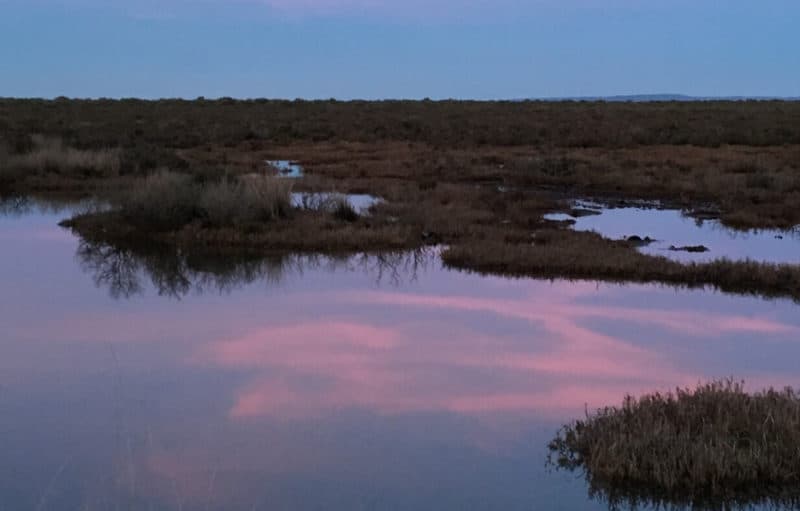PARK WATCH June 2020 |
A small step in the right direction, but not far enough to address the extent of species decline in Victoria.
The Flora and Fauna Guarantee Act 1988 (FFG Act) is the key piece of Victorian legislation for the conservation of threatened species and communities, and for the management of potentially threatening processes.
Just before their election in 2014, the then Andrews opposition announced its policy to “…review the Flora and Fauna Guarantee Act” and their party platform to “modernise threatened species protection to adopt world’s best practice”.
The review of the FFG Act was undertaken by the Department of Environment, Land, Water and Planning (DELWP) in a parallel process to developing the Victorian Biodiversity 2037 strategy. In 2015–2017 the process included one round of public submissions and a series of meetings with stakeholders.
According to the summary of submissions: “The submissions received in response to the Consultation Paper indicated a strong appetite among contributors for even broader-scale reforms to biodiversity regulation in Victoria.”
Unfortunately, this appetite was largely ignored. See previous coverage vnpa.org.au/act-nature-enters-parliament
The revised or “modernised” legislation entered Parliament in mid-2018 but did not make it through the congested Upper House until last year. The Coalition supported the Bill.
The Flora and Fauna Guarantee Amendment Act 2019 will come into effect on 1 June 2020.
Probably the change people will most notice will be to the process for listing of species. The current FFG Act largely only lists species as ‘threatened’, whereas the new FFG Act will align with federal legislation and many other jurisdictions, with what is called the ‘common assessment method’. It will use the subcategories – ‘extinct’; ‘extinct in the wild’; ‘critically endangered’; ‘endangered’; ‘vulnerable’; and in the case of a taxon of fish, ‘conservation dependent’.
The Environment Department is currently going through the process of re-assessing species on the current FFG Act list, in addition to their ‘DELWP Advisory List’ which presently does not have any legal status. This will likely significantly increase the number of species formally listed under the new FFG Act in Victoria from around 700 to more than 2000. The new list will be open for consultation, expected in early June, before being finalised. At this stage, it does not include the transfer of Ecological Communities from the DELWP Advisory List, but existing listed Ecological Communities will be retained.
While most of the existing elements of the Act remain, the new legislation also has some refreshed tools; such as the capacity to make critical habitat determinations, interim conservation orders (a declaration by the Minister which can require conservation protection or management of critical habitat of flora, fauna and or land or water), and a broader definition of public authorities and their duties.
Some of the supporting guidance documents are unlikely to be ready by June, though some parts such as the Regulations will be complete.
Conservation groups were frustrated with the review process and argued the reforms needed to go much further than what was proposed as part of ‘modernisation’ if we were to reverse the decline in Victorian ecosystems. The new legislation will need to be tested to see if it allows greater action on threatened species, or if more reform is likely
needed.
Did you like reading this article? Want to be kept up to date about this and other nature issues in Victoria? Subscribe to our email updates.
You can also receive our print magazine Park Watch four times a year by becoming a member. Find out more here.
